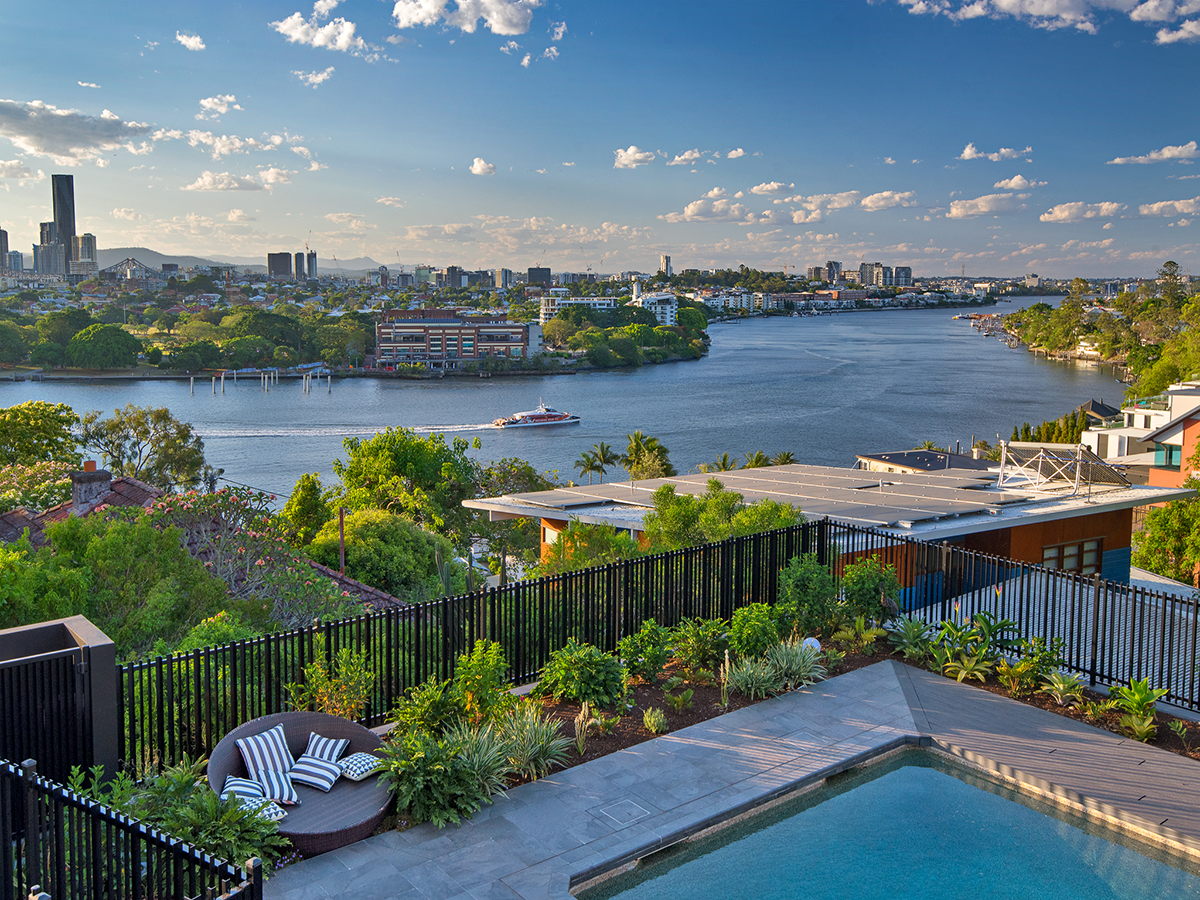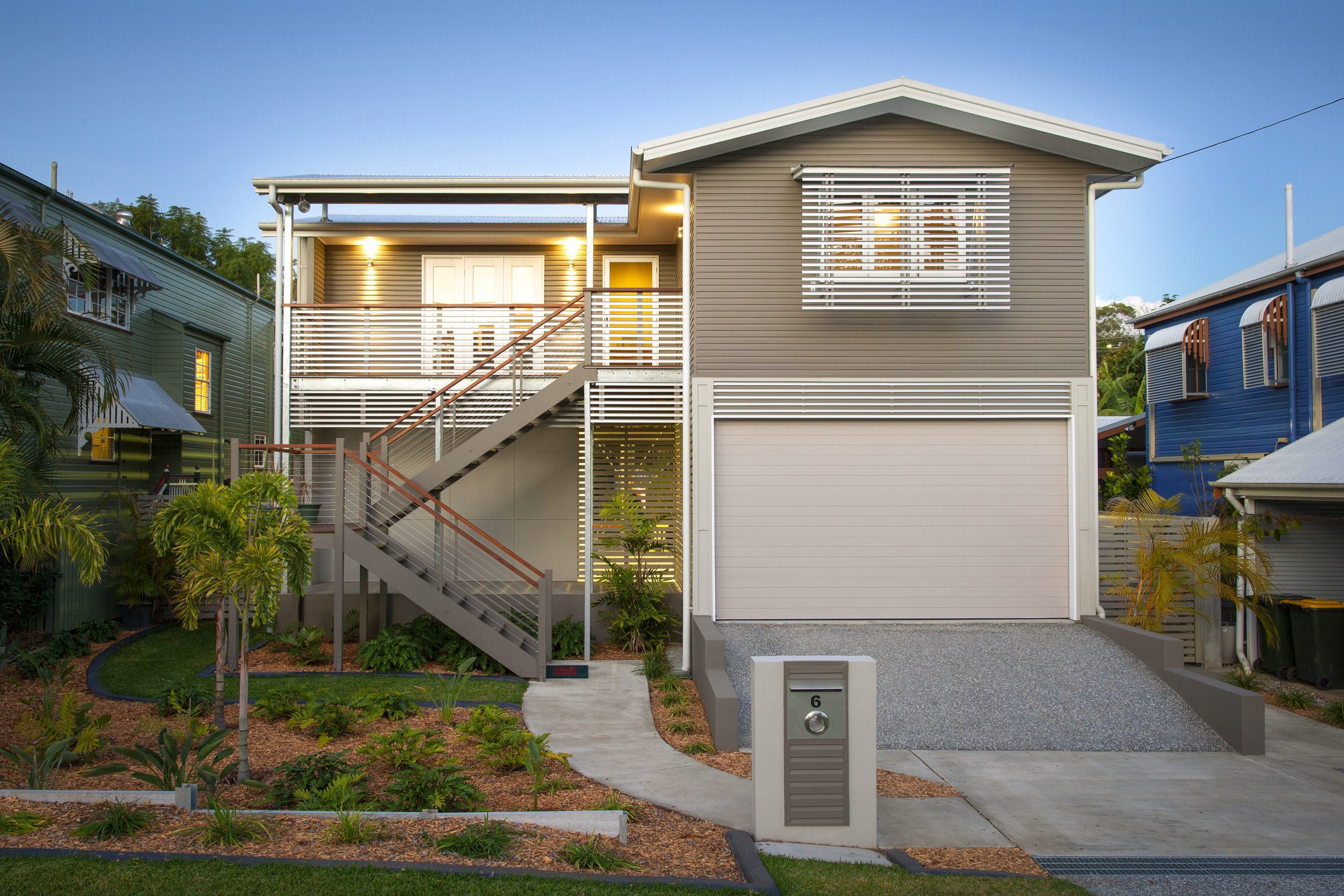
How Using A Brisbane Architect Can Help Build Resilience Into Your Home Design
New Homes, Renovations, ServicesYou’ve probably heard the word ‘resilience’ used a lot lately, particularly in relation to home designs. It may seem like a new buzz word, but it’s actually something that we have been design for over many years now. In this article we will show you how using the right Brisbane architect can help improve the resilience of your home.
Oh, and in case you weren’t aware, dion seminara architecture are the right Brisbane architect that I was talking about.

Norman Park Flood Prone Site Renovation: This 1950’s home in Norman Park is on a flood-prone site, with an existing design that did not allow for natural airflow or light to permeate the home. The owners felt that an architectural design would be the only way to address the need for sensitive adjustments to cope with the flood-prone site.
A Brisbane Architect Explains What Is Resiliency When It Comes To Home Design?
The Oxford Dictionary defines the word resilience as “the capacity to recover quickly from difficulties; toughness.” When it comes to home design, resilience is the ability of the home to resist and/or recover from difficulties. Those difficulties being in the form of natural disasters and weather events.
Scientists tell us that climate change will lead to more frequent and more severe natural disasters. Recently we’ve seen the devastating results in the form of the 2020 bushfires and now the terrible flooding events across the east coast and down into Tasmania, as a result of back-to-back-to-back La Nina events. Add into that several significant storms with wind and hail damage and we begin to get as preview of what the future may hold.
Now, obviously there have been severe weather events in the past. But scientists seem to agree that these events are only going to get worse.But it’s not just these major weather events that we need to consider.
Our homes will also need to be able to stand up to potentially hotter weather and longer droughts. It’s important that the design of our homes allows them to resist these climatic impacts, whilst working with the climate at the same time. And to achieve this, you need to be working with a Brisbane architect who understands how to serve both masters.
The Role Of Sustainable Home Design
Sustainable homes reduce our carbon footprint, which in turn reduces our impact on the climate. Whilst you wouldn’t say a home built with sustainability in mind is a resilient home necessarily, sustainable house design does play a part the overall scheme of things.
Obviously, you can create sustainable homes that are not resilient to natural disasters, but as a leading Brisbane sustainable architect, we ensure that our home designs are both. Our designs create homes with low running costs that are built to withstand natural events.
Actually, before we go any further, it’s important to point out that no home is going to be 100% resilient to natural disasters. When we design resilient homes, you need to understand that they may still burn down, have their roofs blown off or be damaged by flood waters in extreme weather events. Resilient homes are not indestructible. The design of the home just helps them better designed to withstand severe weather events.
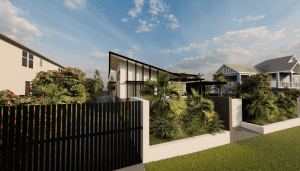
Sherwood Sustainable New Home– The home needed to be comfortable to live in. While also keeping costs low and having beautiful views of the distant hills. All of this was to be kept in mind while also making sure the house was aesthetically pleasing to the client.
The Impact Of Resilient Home Designs On Insurance
If there is any industry acutely aware of the importance of resilient home design, it’s the insurance industry. Over the past few years alone insurance companies have had to pay out billions of dollars to repair and rebuild damaged homes.
Major events mean major claims which over time impact everyone’s insurance premiums. I often hear people complaining about the cost of rising premiums and how it isn’t fair that their premiums go up when they haven’t personally made a claim, but unfortunately that’s just how insurance works.
Think of home insurance as a big pot. Everyone pays into the pot, hoping to not need to make a claim. But if disaster strikes your home, then the repairs or rebuilding of your home comes out of that pot.
It makes sense when you think about it. If you’re insuring a home that may cost $1.2 million to rebuild, chances are you won’t have paid $1.2 million in insurance premiums. So, you will need to use the money that other people have contributed as well. The more natural disasters the more money needs to be taken out of the pot. The emptier the pot the more premiums need to go up to replenish it.
What Do Insurance Companies Want?
Insurance companies prefer to insure low risk assets. People who live in lower risk areas genuinely pay lower premiums. A home insured for $1.2 million in one suburb may cost significantly more or less to insure than a home insured for $1.2 million in a different city, regardless of claims history.
People who own homes in high-risk areas pay more. This has always been the case. But now, insurance companies are starting to switch on to the benefits of resilient home designs and have started pricing accordingly.
Put yourself in the shoes of the insurance company. They want to limit the amount they have to pay out. It’s cheaper and easier for them to pay for repairs on a home, than to knock the entire house down and build a new one.
Now consider two homes in the same street close to bushland. The first home has no resilience design features. The second home features a fire resilient design.
A bushfire impacts the street. Embers blow across both homes. The first home catches on fire and burns to the ground.
The remains of the house have to be knocked down, debris removed, and a new home built. The costs are well over a million dollars. Down the street the resilient home has some damage but has largely escaped unharmed. Which home do you think the insurance company would prefer to insure? Which homeowner would be paying higher premiums?
What Type Of Resilience Designs Can Your Brisbane Architect Help You With?
The purpose of designing resilient homes is to make the homes more resistant to extreme weather events. Typically, people think of the big ones, natural disasters like fires, floods and storms. But when it comes to resilient home design, it doesn’t have to be a category 5 cyclone, it can be something more mundane such as a power outage.
Having the power go off probably doesn’t seem like a big deal. And in some ways it isn’t in most parts of Australia. In some parts of the world where snowstorms can send temperatures plummeting, a loss of power can be a life-threatening event. Here in Australia, you’re less likely to be at risk of death, but with talk of the world getting hotter, who knows what dangers we will face in the coming years?
It’s possible to keep homes cool naturally using passive home design principles. Well designed homes can be kept comfortable, even during extended periods without power. But the key is all in the design. This is why you need to select a Brisbane architect with experience and skill in this area.
Leading Eco-Home Design Brisbane Architects
When it comes to this type of design, we really are one of the best in the business. We are a leading Brisbane architect when it comes to designing eco-friendly sustainable homes. Our ability to design homes to resist major weather events is second to none as shown by our award-winning flood resistant home design.
The idea of the design was not to try to keep the water out of the property, although that is potentially possible. The principle is that water is going to come onto the property and inundate the home, so how can we limit the damage. It’s accepting that we can’t stop a force of nature, but we can create buildings that are better able to withstand them. Homes with flood resilience will still get flooded, but they will be easier, and cheaper to repair.
Similarly, homes built in fire prone areas can be designed to lessen the potential damage from bushfires. These designs will normally include features that reduce the chance of an ember igniting a fire, which is a common way that homes get destroyed during bushfires. Homes built in areas where cyclones can occur may have resilience features in the form of additional bracing, upgraded roofs and even shutters on external windows.
When It’s All Said And Done, You Still Need A Beautiful Home To Live In
Not every resilient home design I’ve seen is attractive. Perhaps that’s because the people designing them have limited design skills. But it shouldn’t come down to a choice of form or function. There’s no reason why you can’t have both, providing you choose the right Brisbane architect to design your home.
Few can truly appreciate how devastating and stressful it is to lose a home in a natural disaster. Creating homes that have a great chance of survival removes much of this hardship. In a changing world resilience is becoming more important than ever. At dion seminara architecture we can create robust buildings that are better able to throw what the climate throws at them. Buildings that bounce back quicker after an event allowing you to quickly get back to normal.
A resilient design could save you thousands over the lifetime of your home. Lower running costs and the potential of cheaper insurance premiums in the future, not to mention the peace of mind that comes from having a home built to suit your local climate. Contact us today and let us show you how you can achieve a stunning resilient design for your home.

DION SEMINARA, DION SEMINARA ARCHITECTURE
We are experts at home design, renovations and new homes and ensure good value for money outcomes.Hi, I am Dion Seminara, practicing architect and licensed general builder for 30 years as well as an environmental sustainable design (ESD) expert. I graduated from Queensland University of Technology (QUT) with honours, QLD in 1989. Registered as an architect in 1991 and registered as a builder in 1992, I am also a fellow member of the Australian Institute of Architects (AIA). Having received 12 ArCHdes Residential Architecture Awards, LJ Hooker Flood Free Home Design Award and the 2016 AIA Regional Commendation for Public Architecture, my expertise with both residential renovation (to all types of houses, especially Queenslanders, 50s/60s/80s), new contemporary homes and luxury residences has earned me a reputation as one of Brisbane's architectural specialists in lifestyle design architecture, interior design and landscape design.






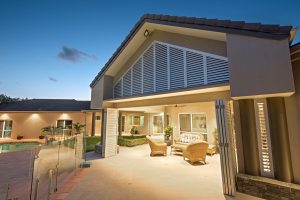
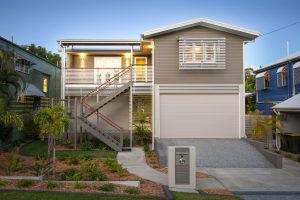
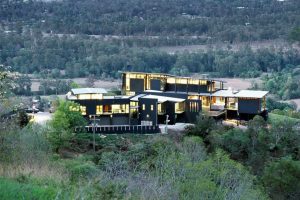
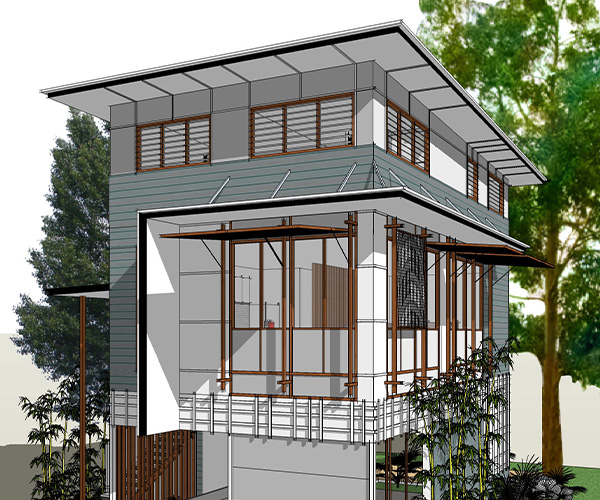

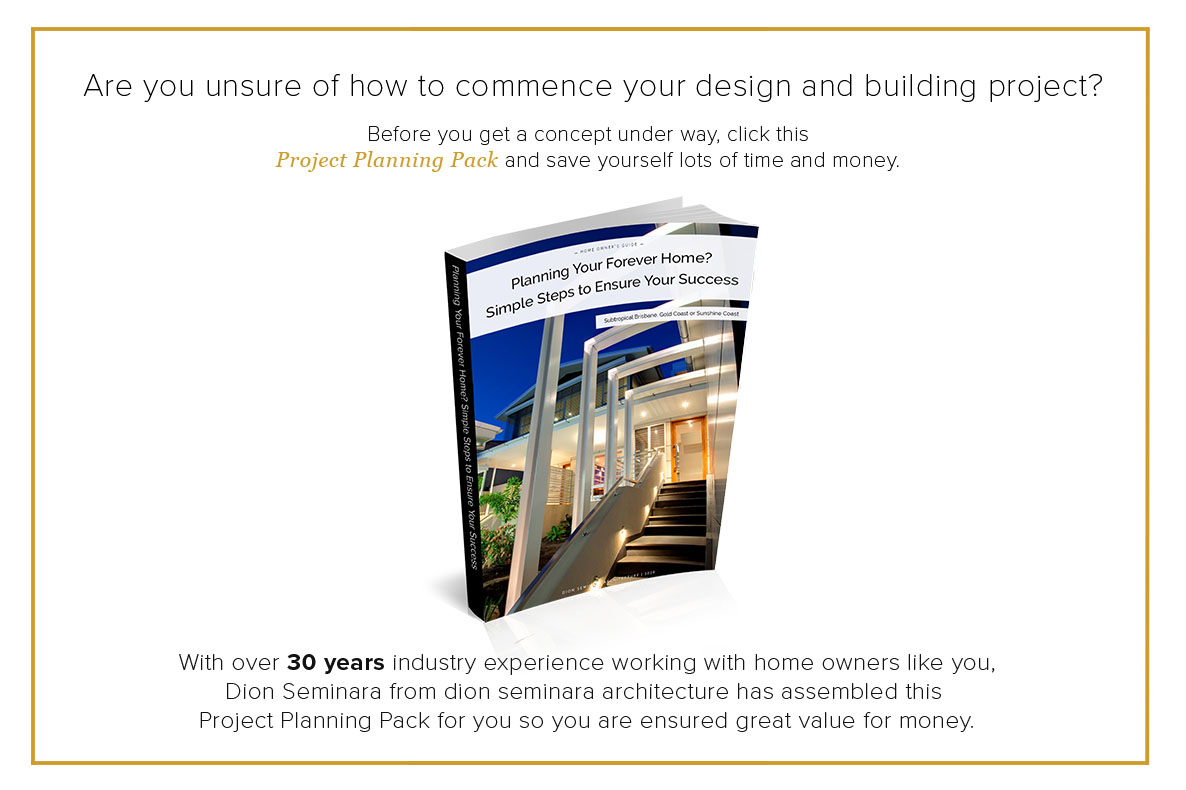
![Designing A Home Gym? Architect Dion Seminara’s Top Tips! [Updated November 2023]](https://dsarchitecture.com.au/wp-content/uploads/2015/10/dkp_DS_Herbertson2M-26.jpg)
